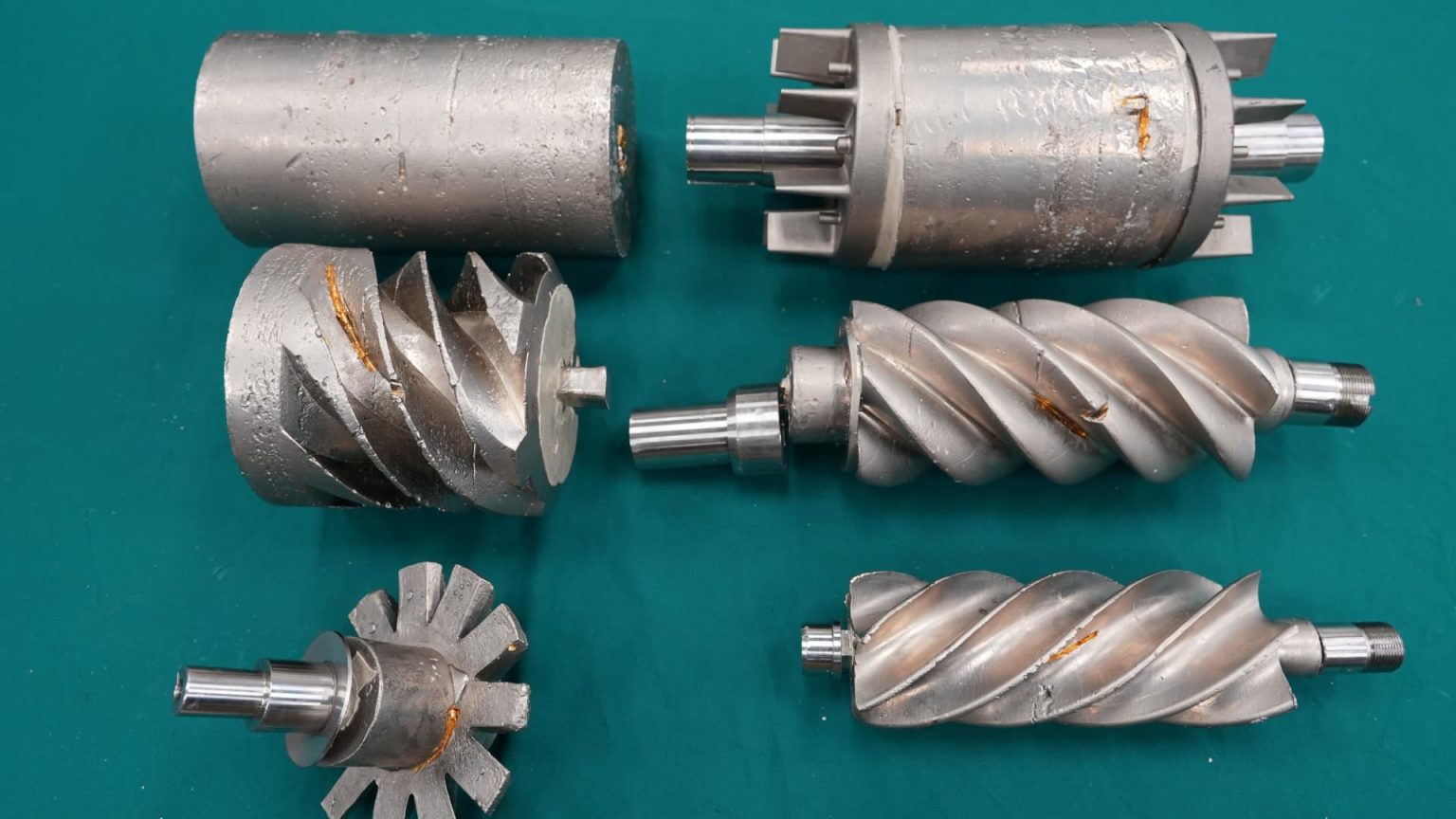Hong Kong authorities made a significant gold smuggling bust, seizing an estimated $10.7 million worth of gold that had been disguised as machine parts en route to Japan. 146 kg of gold had been concealed within two air compressors, molded and camouflaged to resemble screw-like and cylinder-shaped parts with a coat of paint to hide their true nature. The gold was uncovered during an examination of the machines on March 27, leading to the arrest of a 31-year-old suspect in connection with the case. The suspect has been released on bail as the investigation continues, with potential penalties for smuggling including a maximum fine of $2 million and up to seven years in prison.
This incident marks the first time gold has been found hidden in machine parts in Hong Kong, with suspicions that the operation aimed to evade import tariffs in Japan, saving the smugglers over $1 million had they been successful. The city, known as one of the world’s largest gold trading hubs, has seen previous cases of gold smuggling, including another suspect caught attempting to transport gold bars out of the city. With record high prices for gold that have continued to rise amidst geopolitical uncertainty, the spot price for the commodity reached over $2,340 in the U.S. on Monday. The smuggling of gold is a notable concern for authorities in the region, given the potential profits involved and the steps criminals are willing to take to circumvent regulations and taxation.
The recent gold bust in Hong Kong is just one example of the ongoing efforts to combat illegal activities in the region, with authorities working diligently to uncover and disrupt smuggling operations. Despite the significant penalties involved for those caught smuggling gold or other contraband, such incidents continue to occur, highlighting the need for continued enforcement and surveillance. The intricate methods used to conceal the gold, such as molding and painting the metal to resemble legitimate machine parts, indicate the level of sophistication employed by smugglers in their attempts to avoid detection.
The economic impact of such smuggling operations can be substantial, as seen in this case where over $10 million worth of gold was seized. The loss of potential tax revenue and the impact on legitimate businesses can be significant, underscoring the importance of robust enforcement measures to deter criminal activities. With the price of gold reaching record highs, the incentive for smuggling operations is likely to remain strong, making it imperative for authorities to remain vigilant in their efforts to prevent such illicit activities. The collaboration between law enforcement agencies and customs officials is crucial in identifying and disrupting smuggling networks that seek to exploit gaps in the system for financial gain.
As investigations into the recent gold smuggling case in Hong Kong continue, authorities will be looking to uncover any potential links to organized crime or international smuggling networks. The sophistication of the concealment methods used in this case suggests a level of planning and coordination that may involve multiple individuals or groups. By following the trail of the smuggled gold, investigators may be able to dismantle larger criminal networks that operate across borders, further enhancing efforts to combat illegal activities and protect the integrity of the global trade system. The ongoing enforcement efforts in Hong Kong and other key gold trading hubs underscore the commitment of authorities to uphold the rule of law and prevent illicit activities that threaten the stability of the economy and the safety of communities.


